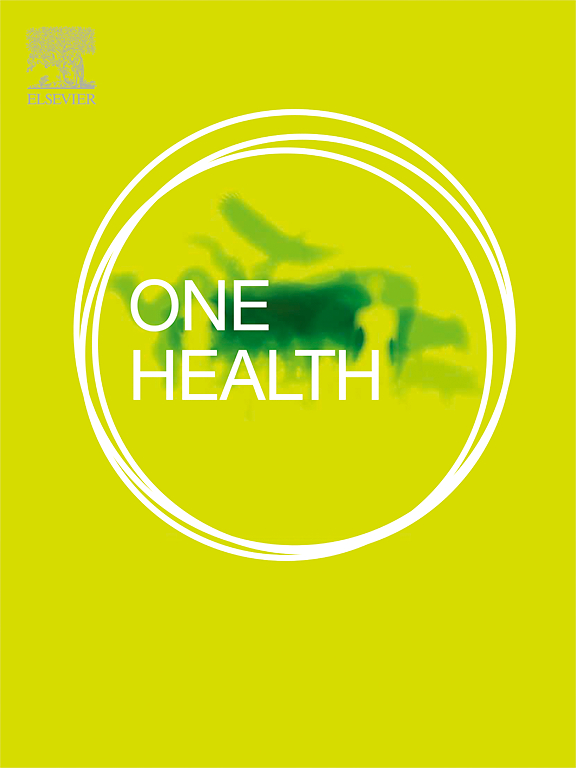Effect of chikungunya, Mayaro and Una virus coinfection on vector competence of Aedes aegypti mosquitoes
IF 4.1
2区 医学
Q1 INFECTIOUS DISEASES
引用次数: 0
Abstract
The mosquito-borne alphaviruses chikungunya (CHIKV), Mayaro (MAYV) and the lesser known Una (UNAV) are currently co-circulating in Latin America, sharing their geographical and ecological niche with the Aedes aegypti mosquito. The sylvatic MAYV cycle and the unknown cycle of UNAV could possibly spill over and become urban transmission cycles involving Ae. aegypti. Despite their potential impact on public health, we know little about arboviral coinfections in humans, animals or mosquitoes. Especially the effect of coinfections on transmission by Ae. aegypti mosquitoes is understudied. We investigated the vector competence of Ae. aegypti for single, dual, and triple exposures with UNAV, MAYV and CHIKV, provided simultaneously in an infectious blood meal. Mosquitoes were incubated for ten days at 28 °C and 70 % humidity. After RNA extractions from mosquito bodies and saliva, the presence and relative quantity of each virus in coinfected mosquitoes was determined. We show that Ae. aegypti can become infected with all three viruses simultaneously, and transmit at least two alphaviruses in a single mosquito bite after dual or triple infection. Additionally, we show for the first time that Ae. aegypti is a competent vector for UNAV, and that dual infections do not influence vector competence. In triple coinfections, however, the total viral load carried by mosquitoes decreases, lowering the transmission potential. Understanding how coinfections affect arbovirus biology and transmission of is essential for assessing public health risks. However, emerging Ae. aegypti-vectored arboviruses and coinfections are a One Health concern, as ecological and environmental changes will increasingly drive the geographic distributions of viruses, vectors, and hosts in the future.
求助全文
约1分钟内获得全文
求助全文
来源期刊

One Health
Medicine-Infectious Diseases
CiteScore
8.10
自引率
4.00%
发文量
95
审稿时长
18 weeks
期刊介绍:
One Health - a Gold Open Access journal.
The mission of One Health is to provide a platform for rapid communication of high quality scientific knowledge on inter- and intra-species pathogen transmission, bringing together leading experts in virology, bacteriology, parasitology, mycology, vectors and vector-borne diseases, tropical health, veterinary sciences, pathology, immunology, food safety, mathematical modelling, epidemiology, public health research and emergency preparedness. As a Gold Open Access journal, a fee is payable on acceptance of the paper. Please see the Guide for Authors for more information.
Submissions to the following categories are welcome:
Virology,
Bacteriology,
Parasitology,
Mycology,
Vectors and vector-borne diseases,
Co-infections and co-morbidities,
Disease spatial surveillance,
Modelling,
Tropical Health,
Discovery,
Ecosystem Health,
Public Health.
 求助内容:
求助内容: 应助结果提醒方式:
应助结果提醒方式:


